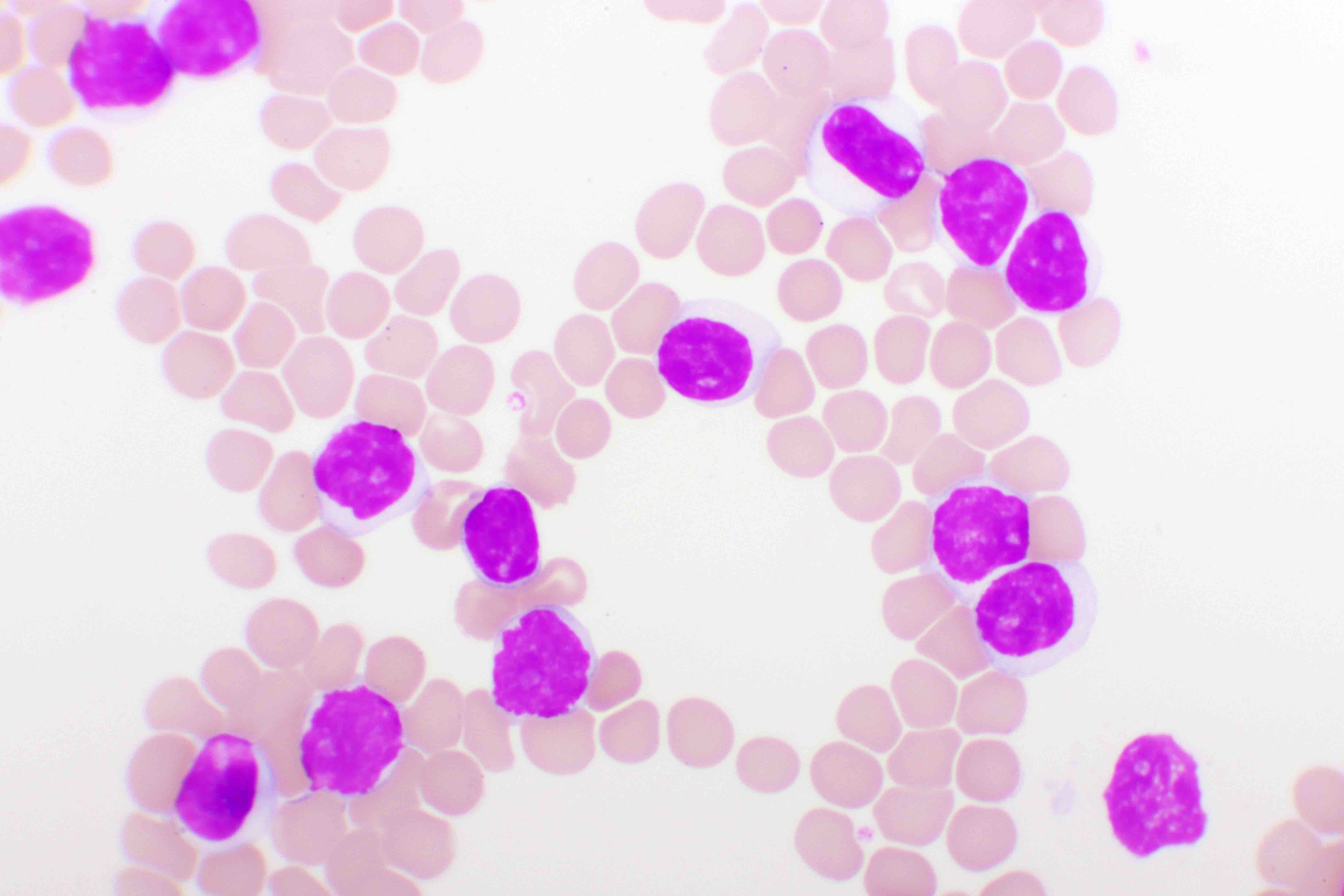- Center on Health Equity & Access
- Clinical
- Health Care Cost
- Health Care Delivery
- Insurance
- Policy
- Technology
- Value-Based Care
Study Explores Treatment Discontinuation Rates, Resource Utilization Among Patients With CLL/SLL
A real-world study found that patients treated with Bruton tyrosine kinase inhibitors had lower rates of treatment discontinuation and health care resource utilization compared with other first- and second-line treatment regimens.
A real-world study presented at the 2023 American Society of Hematology Annual Meeting and Exposition found that patients with chronic lymphocytic leukemia (CLL) and small lymphocytic lymphoma (SLL) who were treated with Bruton tyrosine kinase (BTK) inhibitors had lower rates of treatment discontinuation and health care resource utilization compared with chemotherapy, anti-CD20–based therapy, and venetoclax-based therapy.
Investigators aimed to characterize real-world treatment patterns in an era of novel treatments for CLL/SLL, which are the most prevalent types of leukemia in the United States. They utilized the comprehensive, longitudinal, open-claims Symphony Integrated Dataverse database and integrated electronic medical data to explore patient characteristics, patterns of treatment, and outcomes among patients with CLL/SLL in general, as well as among those with CLL and those with SLL separately.
The analysis included 17,748 and 5,667 adult patients with CLL/SLL who initiated a first- or second-line treatment regimen, respectively, between January 1, 2020, and December 31, 2022. Patients had to be enrolled in the database for at least 365 days before the index date of treatment initiation and for at least 90 days following the index date, and patients were followed until either the end of the study period on March 31, 2023, or until being lost to follow-up. Most patients (86.7%) had CLL.
Chronic lymphocytic leukemia | Image credit: jarun011 - stock.adobe.com

Treatments were stratified by line of therapy, with regimens including chemotherapy (bendamustine-based and other chemotherapy), anti-CD20–based therapy, BTK inhibitor-based therapy, and venetoclax-based therapy. Regarding BTK inhibitors, the authors noted that only ibrutinib and acalabrutinib were included in the analysis because zanubrutinib’s approval date for CLL/SLL was after the study period. Health care resource use was defined by the number of outpatient visits, inpatient visits, and other medical or hospital services per patient per month (PPPM) during treatment; the rate of discontinuation was the percentage of patients who discontinued treatment within 90 days.
BTK inhibitors were the most used first-line therapy (49.9%) and second-line therapy (49.6%). In the first line, BTK inhibitors were followed by anti-CD20 therapy (26.1%), venetoclax (15.4%), and chemotherapy (8.6%). In the second line, BTK inhibitors were followed by venetoclax (30.9%), chemotherapy (10.4%), and anti-CD20 therapy (9.2%).
Discontinuation rates among patients treated with BTK inhibitors were significantly lower compared with other regimens in both the first and second lines at 16.6% and 15.3%, respectively. Patients on venetoclax regimens in the first and second line had discontinuation rates of 18.6% and 17.6%, respectively; those treated with chemotherapy discontinued at rates of 29.1% and 30.1% in the first and second lines; patients treated with anti-CD20–based therapy discontinued at rates of 47.5% and 41.1%, respectively. The findings were statistically significant (P = .0001).
The mean PPPM rates of health care resource utilization were also lower among those treated with BTK inhibitors vs other therapies in both the first and second lines. Higher percentages of patients treated with BTK inhibitors in the first line were older and Medicare-insured compared with venetoclax regimens, the authors noted.
The rate of treatment discontinuation was higher among patients with SLL (32.41%) vs CLL (25.08%) in the first line, but became similar in later lines of therapy. Health care resource use was also higher in patients with SLL vs CLL, with median PPPM outpatient visits of 1.02 and 0.67, respectively. For other medical or hospital services, median PPPM was 0.7 among those with SLL and 0.23 for patients with CLL.
“BTKi therapy, the primary treatment regimen across first- and second-line therapies, has significantly lower discontinuation rate and healthcare resource utilization compared with other treatment regimens,” the authors concluded. “Further studies are needed to evaluate real-world clinical outcomes of CLL/SLL regimens to support evidence-based treatment decisions.”
Reference
Chanan-Khan AA, Challagulla S, Donckels, Chuang PY, Yang P. Real-world evaluation of treatment discontinuation and healthcare resource utilization in patients with chronic lymphocytic leukemia or small lymphocytic lymphoma. Presented at: 65th American Society of Hematology Annual Meeting and Exposition; December 9-12, 2023; San Diego, CA. Abstract 5144. https://ash.confex.com/ash/2023/webprogram/Paper179948.html
